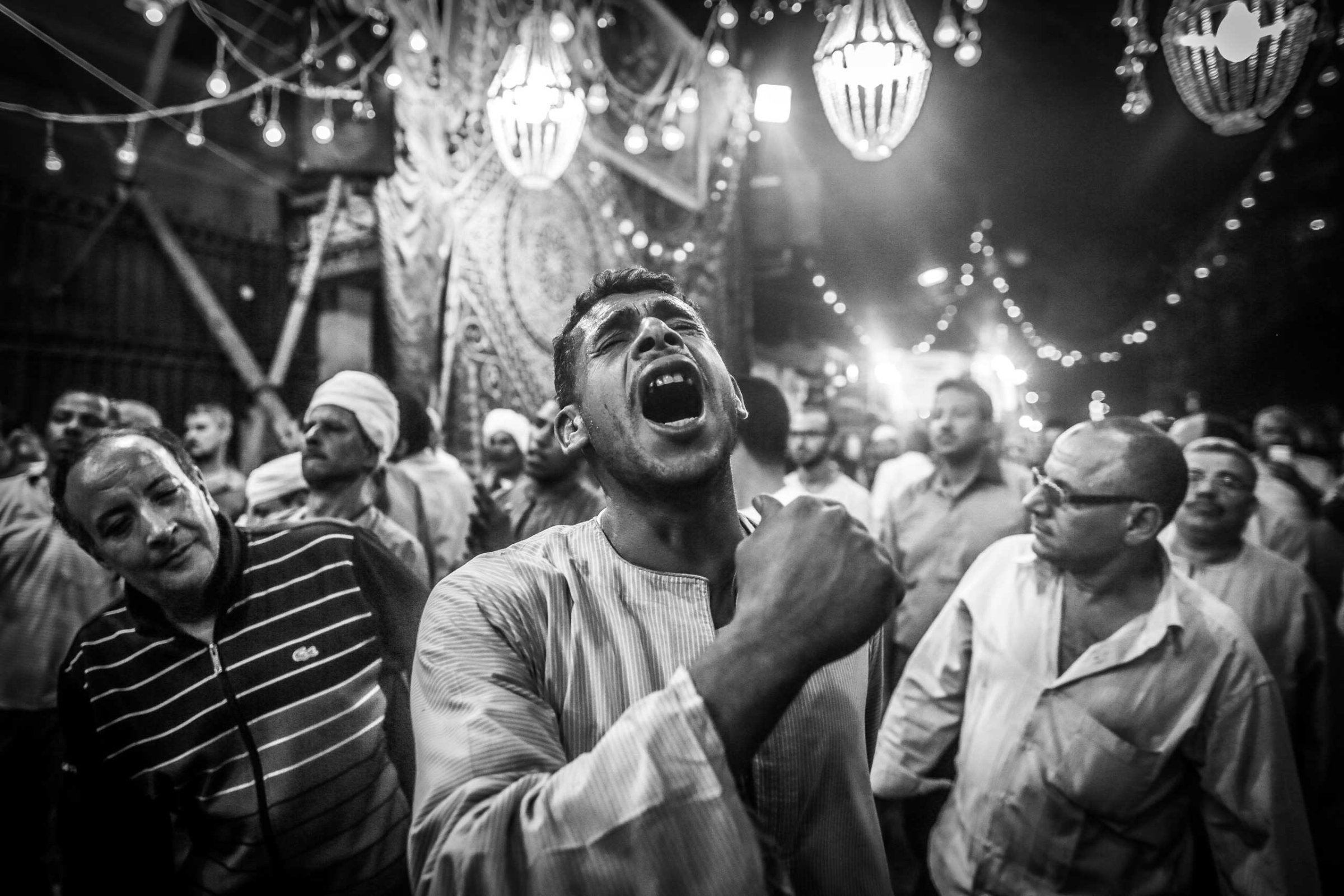
It was late 2013 when Mosa’ab Elshamy wandered back into the Al-Hussein Mosque in Old Cairo. As a young boy, the photographer, who recently joined the Associated Press, accompanied his grandmother as she and others worshipped. Some people were holding onto the shrine of Hussein, a grandson of the Prophet Muhammad, while others were reciting passages from the Quran or weeping openly. “Inside, it doesn’t really feel like time has passed. The emotions that are there, the sounds that you hear—you can walk in and it’s going to feel exactly the same,” he tells TIME. Outside, the differences are apparent: more cafés, more traffic, more security.
Elshamy was looking for something to photograph that was a bit less restrictive than Cairo’s streets had become after Egypt’s revolution in 2011. And he found it. For more than a year, he documented the celebrations, or Mawlids, of saints and other holy figures of the Sufis around the country, marking his longest personal project to date.
Some 15 million of Egypt’s 90 million people are followers of the mystical Sufi philosophy of Islam. Worshippers at the Mawlids greet the shrines throughout the year to talk about their wrongdoings in the hopes that they can absolve them of their sins, Elshamy says. Many people will also go to ask for things, like women struggling to have children or men who cannot find jobs. Those who reject this religious philosophy say it’s a form of shirk, or idolatry, that has no place in Islam. (Attacks against shrines aren’t uncommon, especially in areas controlled by radical extremists.)
Part of what attracted Elshamy to the observances is the intimacy and spirituality of it all, displayed in ways that aren’t usually seen elsewhere in Egypt. “You don’t [typically] get that image of men, but here you see people almost publicly being proud of this vulnerability,” he says, “and I thought that was great.” Another main reason are the celebrations that surround them. Prayers and emotions displayed inside the mosques are met with rowdy festivities outside, including playgrounds and vendors, musicians and dancers. “It’s a lot bigger than just a religious celebration.”
The last Mawlid he photographed this past October was at the shrine of Abul-Hassan Al-Shazly. He was buried where he died—in Humaithara, of the Red Sea Governorate—and the mosque was built around him, so his worshippers travel there every year to honor him. Part of the celebration, Elshamy says, involves climbing one of the mountains the religious figure apparently stepped on, each day near sunset, then praying and singing while overlooking the mosque before descending to spend the night around the complex.
The weeklong celebration can coincide with the ‘Id al-Adha festival, so they’ll mark that occasion at the same time.
Elshamy says the project is what restored his faith after “a very tough year” in photography. “It was the year [when] many colleagues left Egypt or stopped photographing or switched to a more comfortable genre. I think everybody had to adapt in a way, when it was obvious how much more difficult it is becoming to just be on a street with a camera, or just try to document a protest or a clash.” This was his way of adapting, shooting something that was new and non-political and that he could continue to do freely.
“In a way this has been a bit of a silver lining, to discover things like this scene that I otherwise wouldn’t have been able to,” he says. It all goes back to why he takes photos in the first place: “Seeing for yourself and keeping a record of what you see.”
Mosa’ab Elshamy is Cairo-based staff photographer with the Associated Press. Follow him on Twitter @mosaaberizing. Mikko Takkunen, who edited this photo essay, is an Associate Photo Editor at TIME. Follow him on Twitter @photojournalism. Andrew Katz is a homepage editor and reporter covering international affairs. Follow him on Twitter @katz.





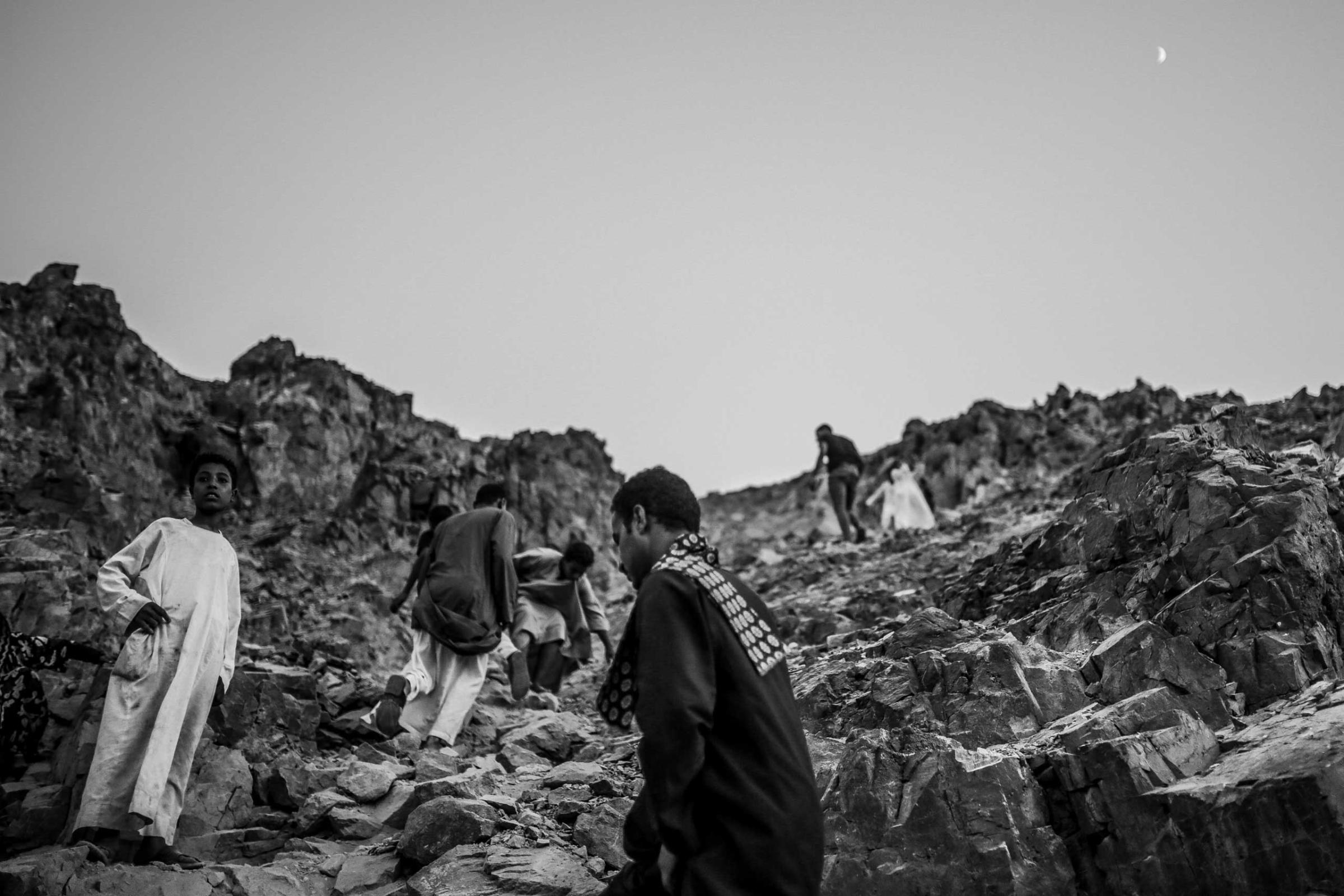



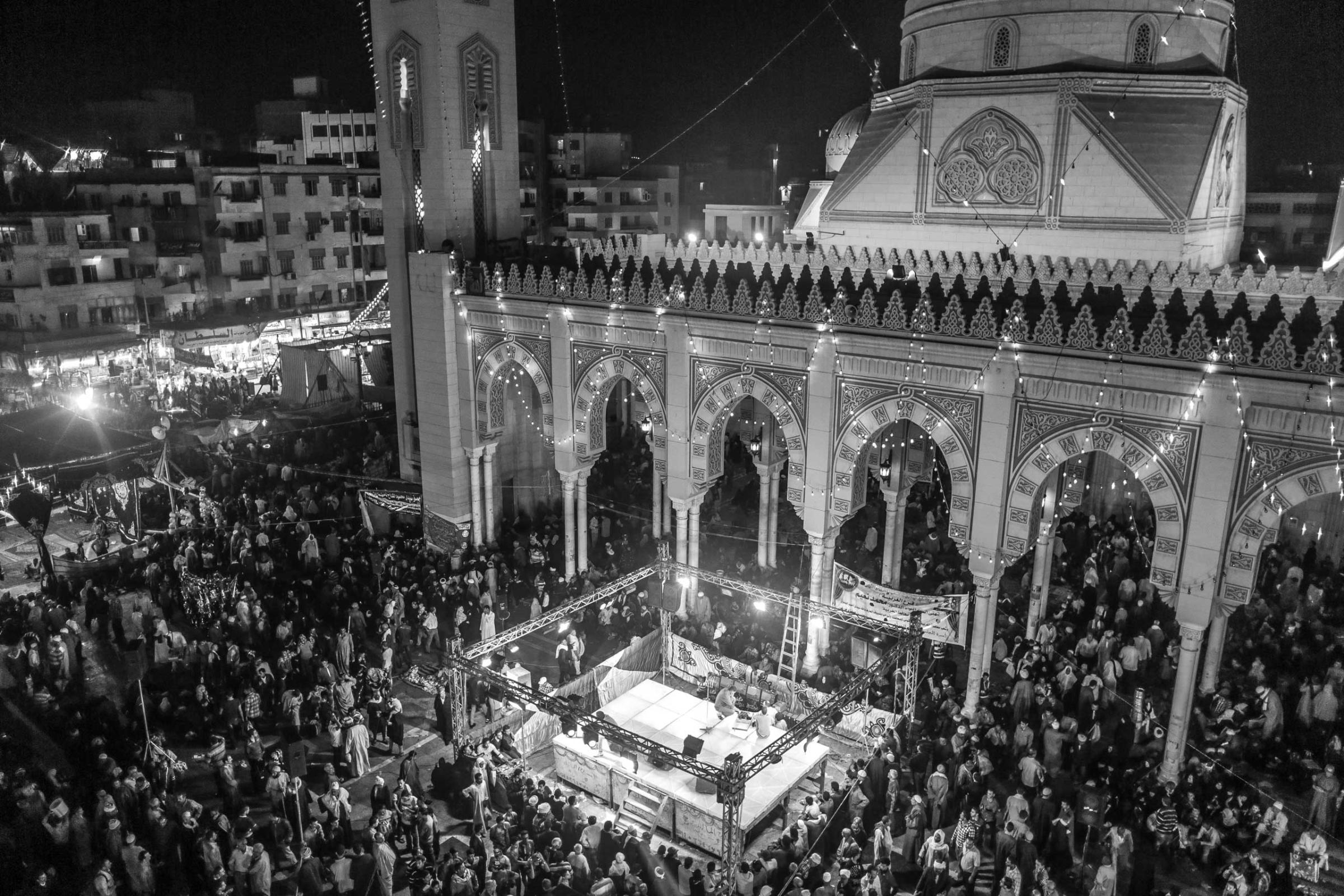
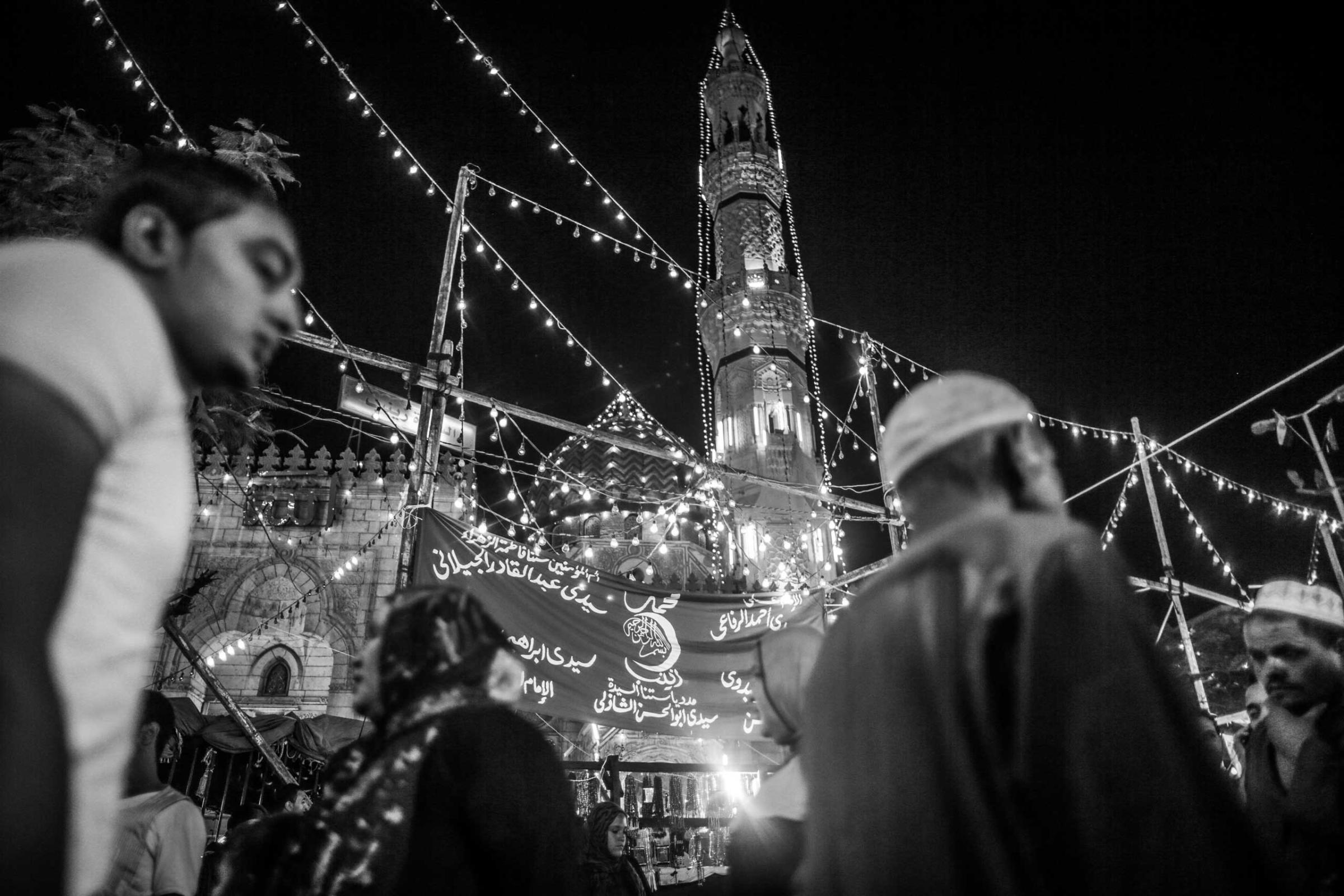
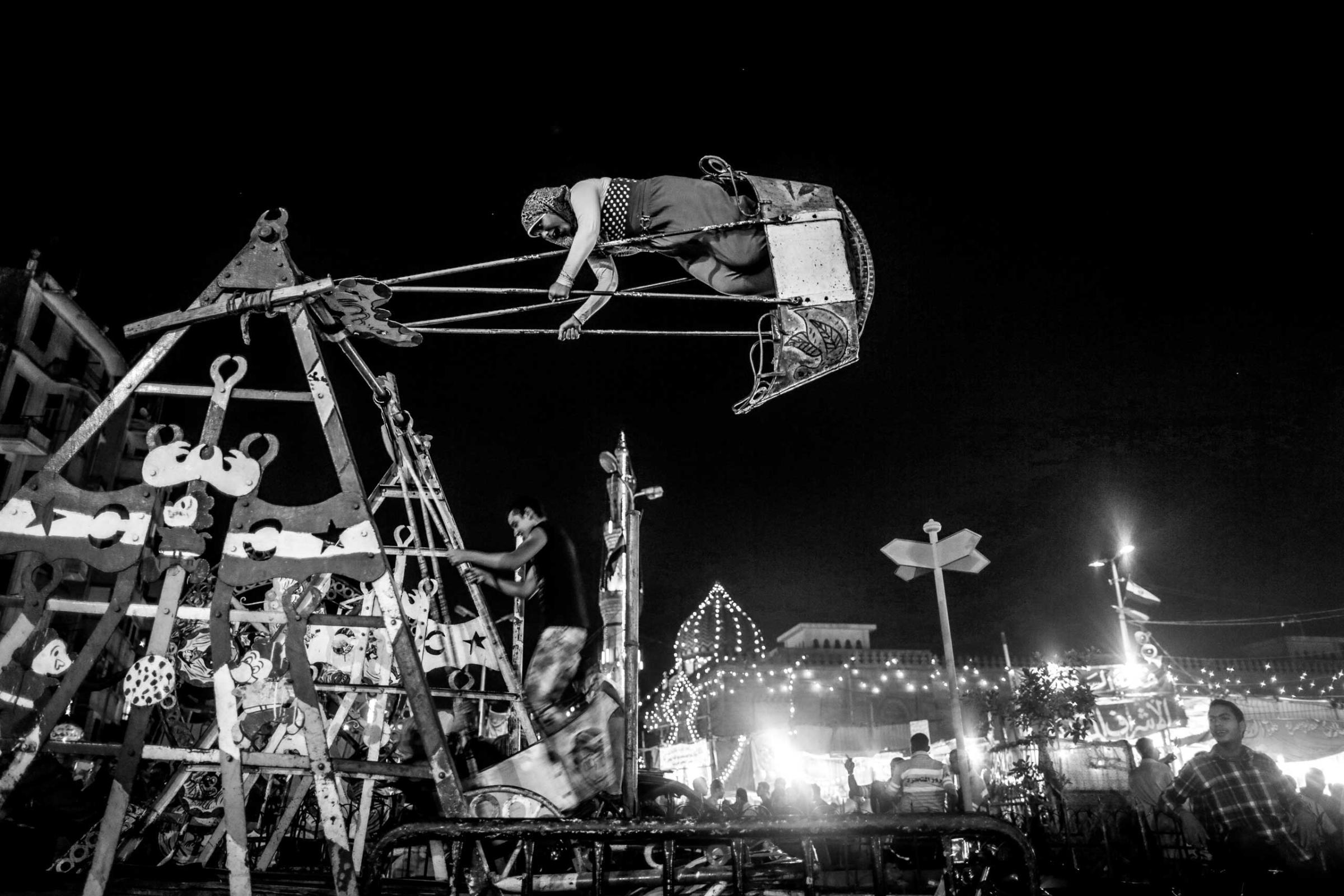
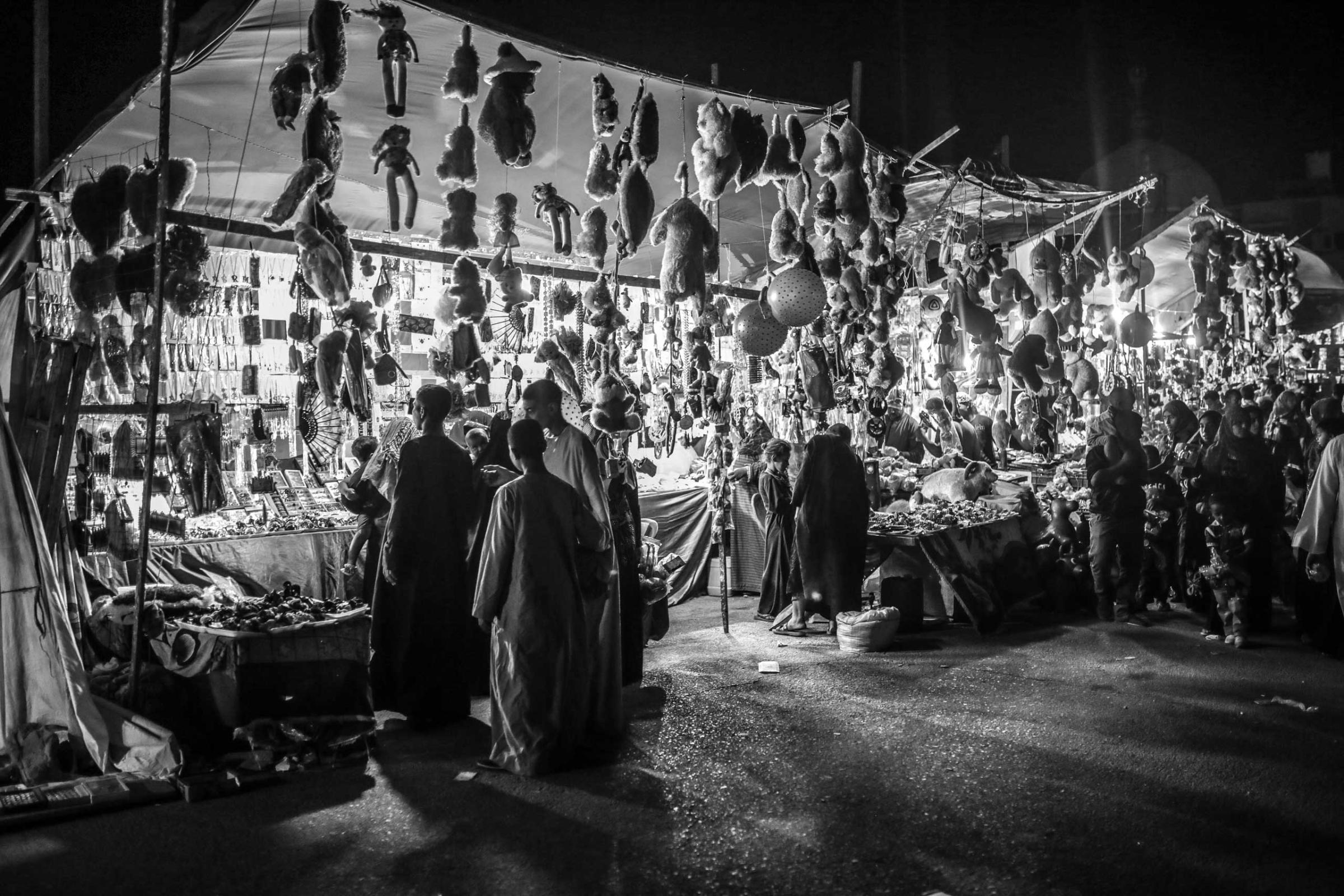
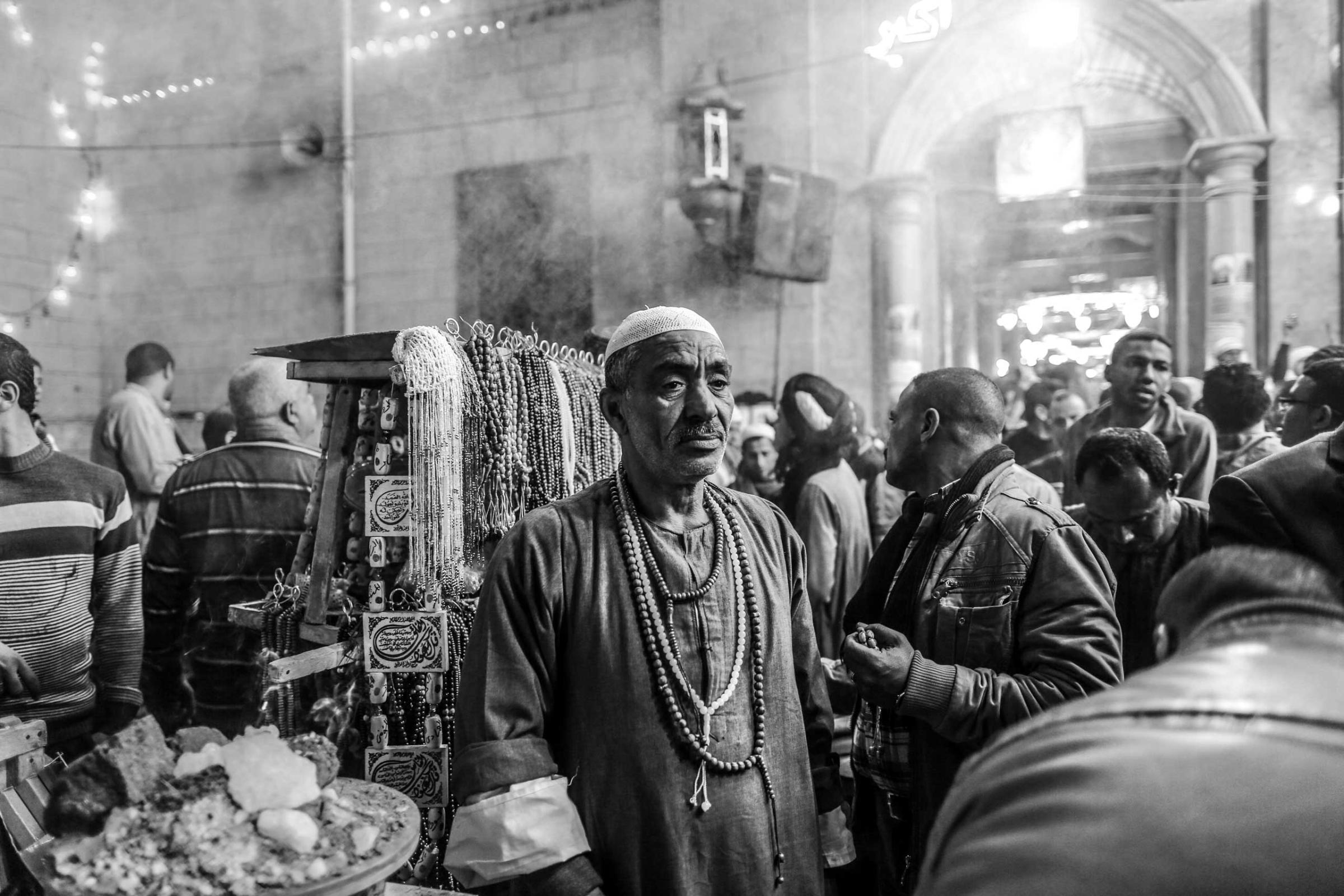
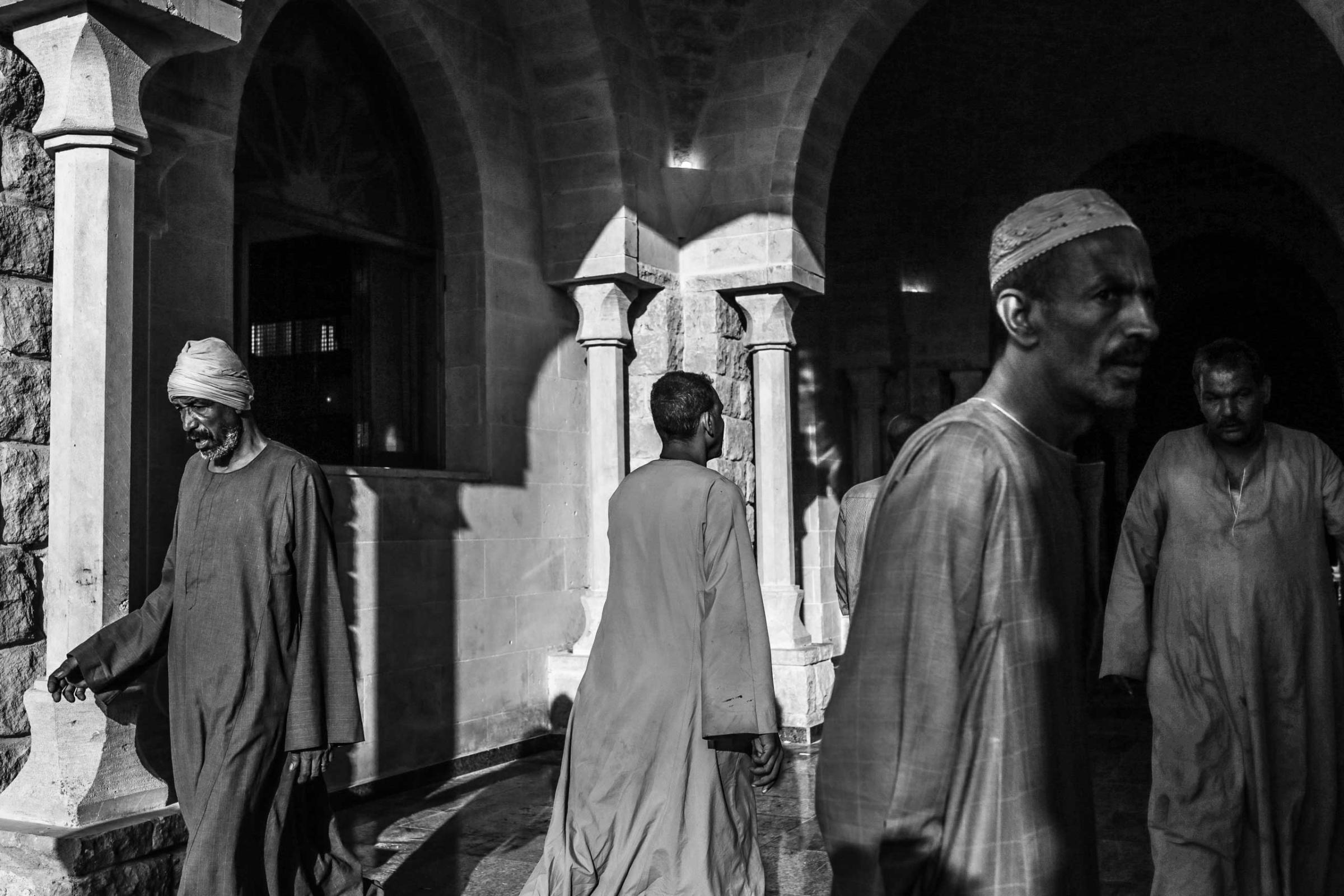
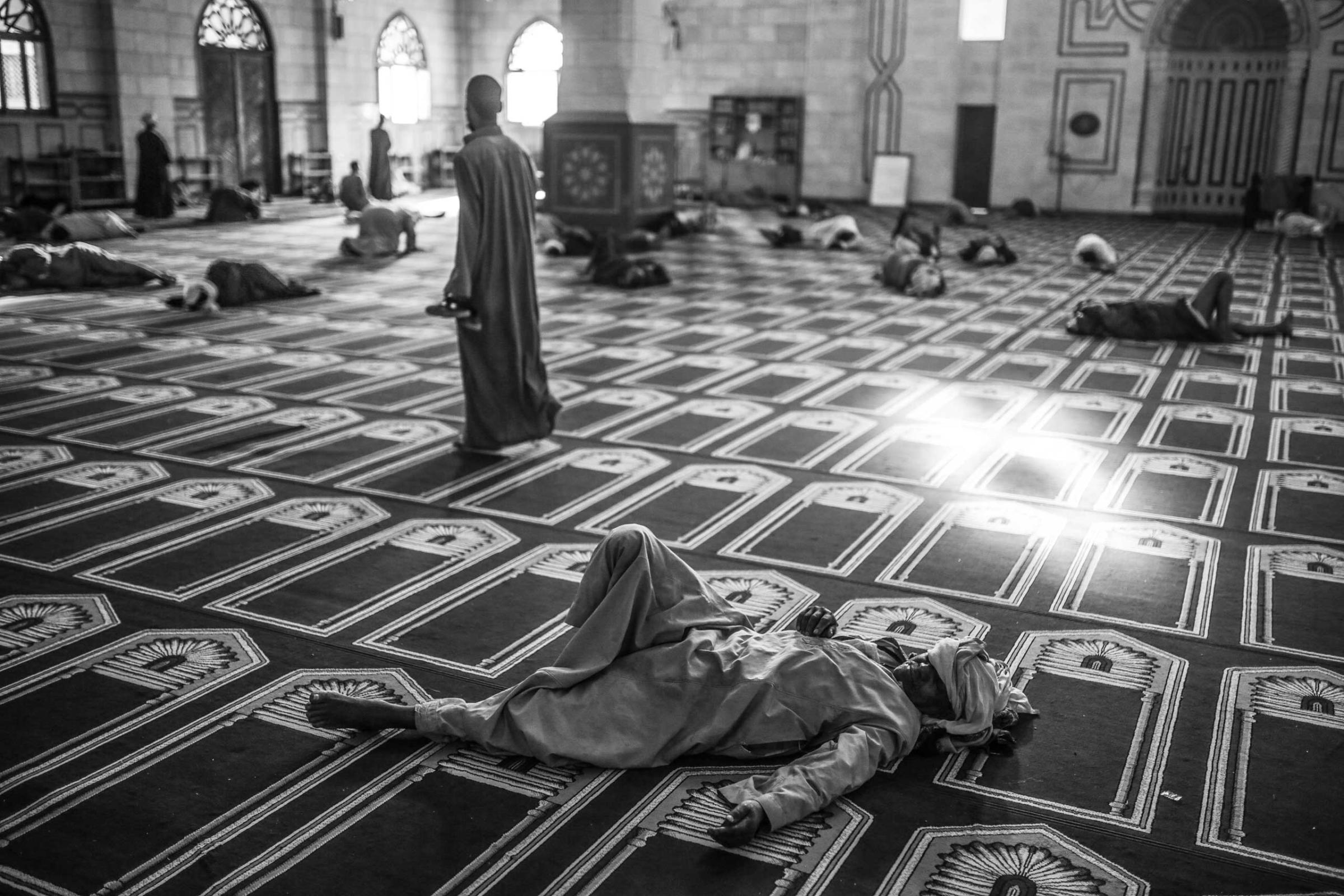
More Must-Reads from TIME
- Cybersecurity Experts Are Sounding the Alarm on DOGE
- Meet the 2025 Women of the Year
- The Harsh Truth About Disability Inclusion
- Why Do More Young Adults Have Cancer?
- Colman Domingo Leads With Radical Love
- How to Get Better at Doing Things Alone
- Michelle Zauner Stares Down the Darkness
Contact us at letters@time.com